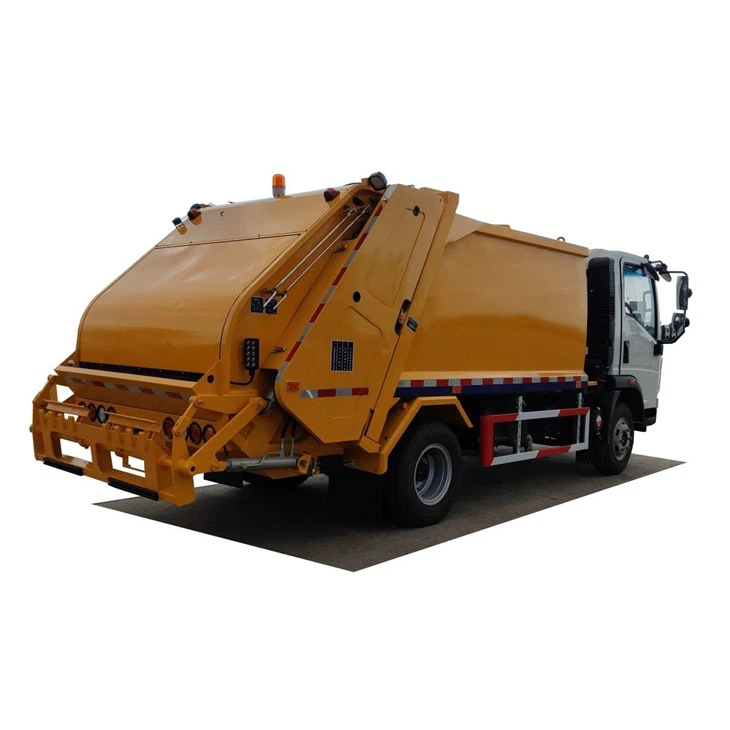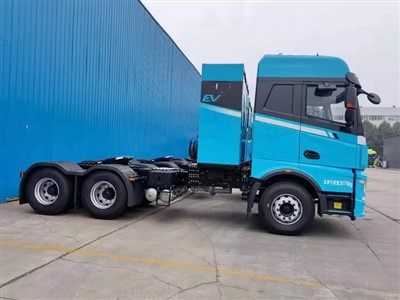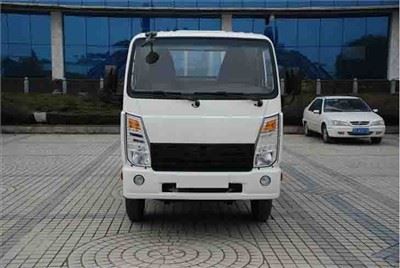The Essential Guide to Dust Bin Lorries: Everything You Need to Know

Dust bin lorries play a crucial role in waste management and cleanliness in our communities. These vehicles ensure efficient collection of refuse, keeping our neighborhoods neat and tidy. In this comprehensive guide, we will explore the ins and outs of dust bin lorries, including their types, functions, maintenance tips, and more. Whether you are a municipal worker, a waste management enthusiast, or simply curious about these vehicles, this article will provide valuable insights.
Understanding Dust Bin Lorries
What is a Dust Bin Lorry?
A dust bin lorry, also known as a garbage truck, refuse collection vehicle, or waste disposal truck, is a specialized vehicle designed for collecting waste from residential and commercial areas. These vehicles are equipped with compartments to store various types of refuse and mechanisms to lift and empty dustbins or dumpsters.
The Importance of Dust Bin Lorries in Waste Management
Dust bin lorries are essential for effective waste management. They help in:
- Maintaining public hygiene
- Reducing landfill waste
- Recycling materials
- Promoting sustainability
Types of Dust Bin Lorries
1. Rear-Loader Dust Bin Lorries
Rear-loader lorries are designed with a loading mechanism at the back. Waste collection workers manually throw refuse into the rear opening, from where it is compacted and stored.
2. Side-Loader Dust Bin Lorries
Side-loaders feature a hydraulic arm that lifts and empties bins automatically. This design minimizes manual lifting, making collection faster and reducing the risk of injury for workers.
3. Front-Loader Dust Bin Lorries
Front-loaders are commonly used for commercial waste collection. They have a hinged front that allows them to hook onto bins and lift them effortlessly.
How Dust Bin Lorries Operate
Mechanism of Operation
Dust bin lorries employ advanced hydraulic mechanisms for lifting and compacting waste. The operation typically involves the following steps:

- The vehicle arrives at the designated collection point.
- The loading mechanism (manual or automatic) is engaged.
- The refuse is loaded into the storage compartment.
- The waste is compacted to maximize space.
- The vehicle proceeds to the next collection point or to a landfill/recycling center.
Key Features of Dust Bin Lorries
Modern dust bin lorries are equipped with several features that enhance efficiency:
| Feature | Description |
|---|---|
| Compaction System | Reduces waste volume for efficient transportation. |
| Automatic Lifting Mechanism | Facilitates easy bin lifting and prevents worker injuries. |
| GPS Tracking | Optimizes collection routes and improves efficiency. |
| Camera Systems | Enhances safety during the operation. |
Maintenance of Dust Bin Lorries
Routine Maintenance Practices
To ensure longevity and efficiency, regular maintenance of dust bin lorries is essential. Key maintenance practices include:
- Checking hydraulic systems for leaks.
- Regularly inspecting and replacing filters.
- Ensuring tires are in good condition.
- Maintaining proper lubrication for moving parts.
Signs That Your Dust Bin Lorry Needs Repair
Be aware of the following signs that may indicate a need for repairs:
- Unusual noises during operation
- Poor lifting capabilities
- Difficulty in hoisting bins
- Increased fuel consumption
Tips for Efficient Operation of Dust Bin Lorries
1. Route Optimization
Utilize GPS tracking systems to plan the most efficient routes for waste collection. This reduces operational costs and saves fuel.
2. Schedule Regular Training
Regular training for drivers and operators enhances their understanding of vehicle systems and safety protocols.
3. Implement Waste Segregation
/Encourage residents to separate recyclables from general waste. This not only aids recycling efforts but also extends the life of the lorry.
Environmental Impact of Dust Bin Lorries
Role in Reducing Landfill Waste
Dust bin lorries contribute significantly to waste reduction. By ensuring timely waste collection, they prevent overflow and promote recycling efforts, thereby minimizing landfill contributions.
Fuel Efficiency and Greener Alternatives
Shift towards fuel-efficient and electric dust bin lorries can lead to reductions in greenhouse gas emissions. Municipalities are beginning to adopt greener vehicles for sustainability.
Real-Life Examples of Dust Bin Lorry Implementations

Case Study 1: City of Los Angeles
Los Angeles has integrated GPS technology in its waste collection trucks, improving the efficiency of routes and reducing fuel consumption by over 20%.
Case Study 2: Toronto’s Green Bin Program
The City of Toronto implemented a green bin program allowing residents to dispose of organic waste efficiently. Dust bin lorries equipped for organic waste collection have resulted in significant reduction in landfill use.
Challenges Faced by Dust Bin Lorries
1. Traffic Congestion
Traffic can impact collection efficiency. It’s essential to strategize collection times around peak hours to minimize delays.
2. Budget Constraints
Municipalities often face budget limitations affecting the maintenance and acquisition of modern dust bin lorries. Cost-effective planning and budgeting are critical.
3. Residents’ Cooperation
Engaging the community in proper waste disposal practices significantly affects operational efficiency. Educational programs can promote better waste management.
Future Trends in Dust Bin Lorry Design
Integrating Technology
Future dust bin lorries will likely incorporate advanced technologies, such as IoT devices for real-time monitoring and data collection, enhancing efficiency and response times.
Focus on Sustainability
The industry trend is moving towards sustainability, with increasing numbers of electric and hybrid dust bin lorries being produced to reduce carbon footprints.
FAQ Section
1. What are the different types of dust bin lorries?
The main types are rear-loaders, side-loaders, and front-loaders, each designed for specific waste collection needs.
2. How often should dust bin lorries be maintained?
Regular maintenance should be performed based on manufacturer guidelines, but typically every 3-6 months for major services.
3. Can dust bin lorries collect recyclables?
Yes, many dust bin lorries are equipped to handle separate compartments for recyclables, enhancing recycling efforts.
4. How can GPS technology improve waste collection?
GPS can streamline routes, reduce fuel consumption, and improve overall collection efficiency by tracking vehicle locations in real-time.
5. Are electric dust bin lorries effective?

Yes, electric dust bin lorries are becoming more popular for their reduced emissions and operational costs, particularly in urban areas.
6. What safety measures should be in place for dust bin lorries?
Safety measures include proper training for operators, the use of backup alarms, and regular maintenance checks to ensure vehicle and operator safety.
